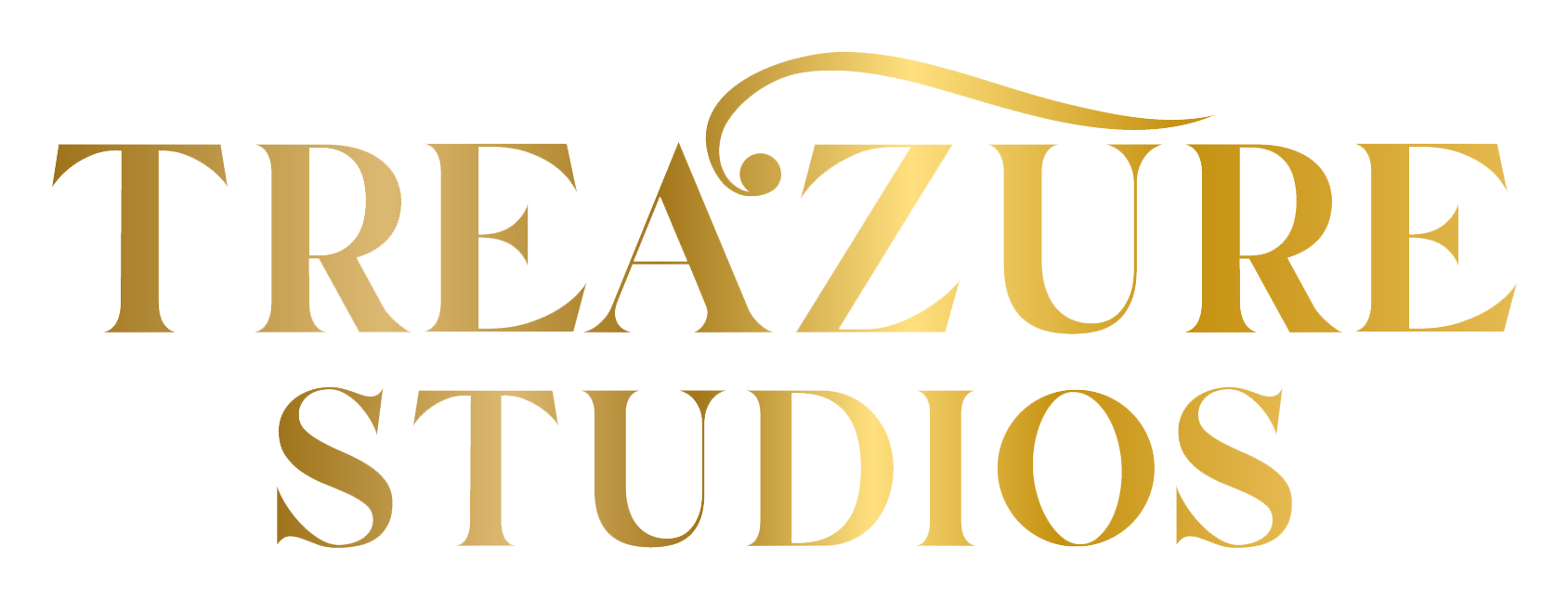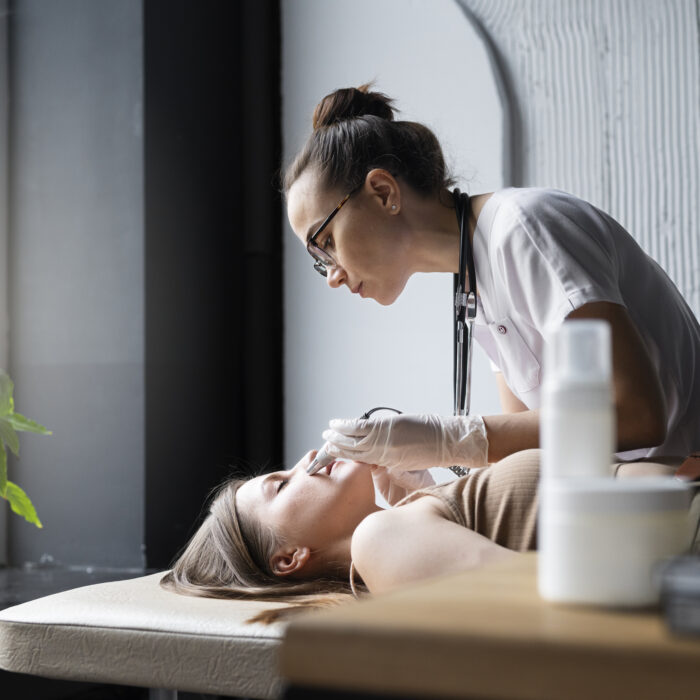
Imagine a situation where you’ve spent years perfecting your hair styling skills, creating stunning looks for friends and family, and dreaming of turning your passion into a full-time career. You know you have the talent, but there’s one thing standing between you and a professional salon chair and that’s your hair stylist license. Without it, working legally in most states is impossible, and that dream salon job or independent business remains just out of reach.
Getting a hair stylist license isn’t just about filling out some paperwork; it’s a process that requires education, training, and passing an exam. While the journey might initially seem overwhelming, understanding the requirements can make it much easier. In this guide, we’ll break down everything you need to know about obtaining your hair stylist license, from training hours to exams and beyond.
Understanding the Basics of a Hair Stylist License
Before you jump into the licensing process, it’s essential to understand why it’s required. A hair stylist license is a legal certification that ensures you have the necessary skills and knowledge to perform hair services safely and professionally. It covers cutting, coloring, sanitation, hygiene, and client safety. Every state in the U.S. has specific regulations, but the goal is the same: to uphold industry standards and protect both stylists and clients.
Most states classify hair styling under a broader cosmetology license, but some offer a separate hair stylist license. This means that depending on where you live, your education and licensing requirements may vary. Understanding your state’s specific guidelines is the first step to moving forward in your hairstyling career.
Education and Training Requirements
The journey to becoming a licensed hair stylist starts with education. Almost every state requires aspiring hair stylists to complete formal training at a state-approved cosmetology or beauty school. The number of training hours varies but typically falls between 1,000 and 1,500 hours. This might sound like a lot, but it ensures you receive hands-on experience in hair cutting, coloring, styling, and chemical treatments.
During your training, you’ll also learn about hair and scalp health, sanitation practices, and customer service skills. Some programs even include business and marketing training, which is invaluable if you plan to open your salon or work independently. If you’re worried about the cost, many cosmetology schools offer financial aid or flexible payment options, making it easier to invest in your future career.
Apprenticeship vs. Cosmetology School
If traditional schooling isn’t the right fit for you, some states allow an apprenticeship as an alternative path to a hair stylist license. Apprenticeships let you work under a licensed professional while gaining the necessary training hours. Instead of paying tuition, you earn while you learn, gaining real-world experience in a salon environment.
While apprenticeships can be a great way to enter the field, they often require more hours than a formal cosmetology program. For example, if a cosmetology school requires 1,500 hours of training, an apprenticeship may require 2,000 to 3,000 hours. This option works well for individuals who prefer hands-on learning over classroom instruction.
The Licensing Exam
Once you’ve completed your education or apprenticeship, the next step is passing the state licensing exam. The exam typically consists of both a written and practical component. The written portion tests your knowledge of hair styling techniques, safety protocols, and state laws. The practical exam requires you to demonstrate various hair styling skills on a mannequin or live model.
Studying for the exam is crucial, and many beauty schools offer prep courses or study guides to help you succeed. Reviewing state guidelines and practicing key techniques can make all the difference when it comes time to take the test. Some states also require a background check or additional paperwork before issuing your license, so be sure to double-check all requirements well in advance.
State-Specific Requirements
While the general process for obtaining a hair stylist license is similar across the U.S., each state has unique regulations. Some states may require additional coursework, such as training in HIV/AIDS awareness or chemical safety, while others might have stricter renewal requirements.
For example, California requires 1,000 hours of training for a cosmetology license, whereas New York requires 1,000 hours specifically for hairstyling. On the other hand, Texas has a separate hair stylist license that only requires 1,000 hours of training, making it a quicker path compared to full cosmetology programs. Researching your state’s requirements on the state Board of Cosmetology website is essential to avoid surprises along the way.
License Renewal and Continuing Education
Earning your hair stylist license is a significant milestone, but the journey doesn’t end there. Most states require you to renew your license every one to two years. Renewal often involves paying a fee and completing a certain number of continuing education hours. These courses keep you updated on new techniques, safety regulations, and industry trends.
Continuing education also allows you to expand your skill set. Whether you want to specialize in hair extensions, advanced coloring techniques, or business management, ongoing learning ensures you stay competitive in the ever-evolving beauty industry.
The Cost of Getting a Hair Stylist License
The cost of obtaining a hair stylist license varies depending on location, education path, and exam fees. Cosmetology school tuition can range from $5,000 to $20,000, with higher-end programs offering more extensive training and networking opportunities. Licensing exams and application fees typically range from $50 to $200, and there may be additional costs for textbooks, kits, and supplies.
While this may seem like a significant investment, many stylists find that their earnings quickly offset the initial costs. Some schools also offer scholarships or state grants to help students cover expenses.
Starting Your Career as a Licensed Hair Stylist
Once you’ve earned your license, a world of opportunities opens up. Many hair stylists start their careers working in established salons, renting a chair, or joining salon suites. Others choose to work as freelancers, offering on-location services for weddings and events. Some even open their salons, combining their creative talents with business acumen.
Networking and marketing yourself as a licensed professional is key to building a successful career. Social media, portfolio websites, and client referrals can help you grow your business and establish your reputation in the industry.
Obtaining a hair stylist license is crucial in turning your passion for hairstyling into a rewarding career. While the process requires dedication, education, and hands-on training, the result is a professional credential that allows you to legally and confidently offer your services. Whether you choose cosmetology school or an apprenticeship, passing the licensing exam is your ticket to success in the beauty industry.
If you’re serious about becoming a licensed hair stylist, start researching your state’s requirements today. With the right training and determination, you’ll be on your way to a fulfilling career in no time!













